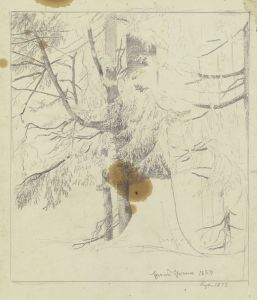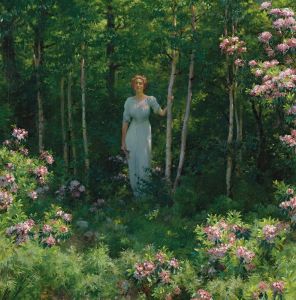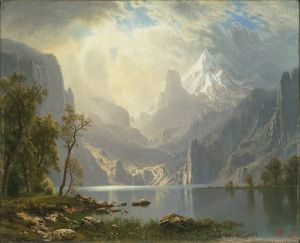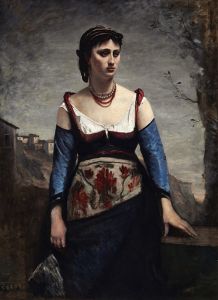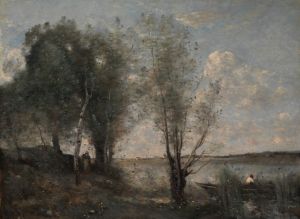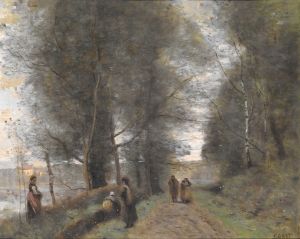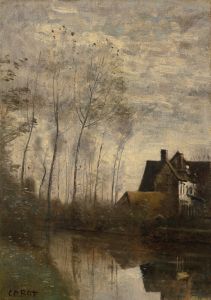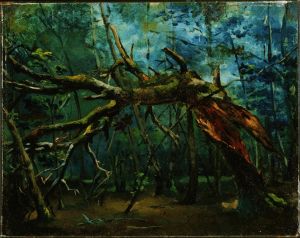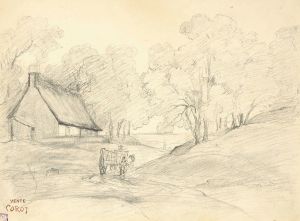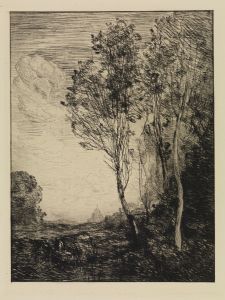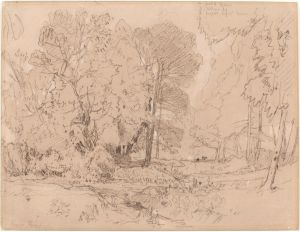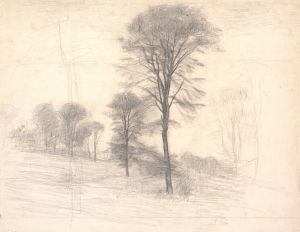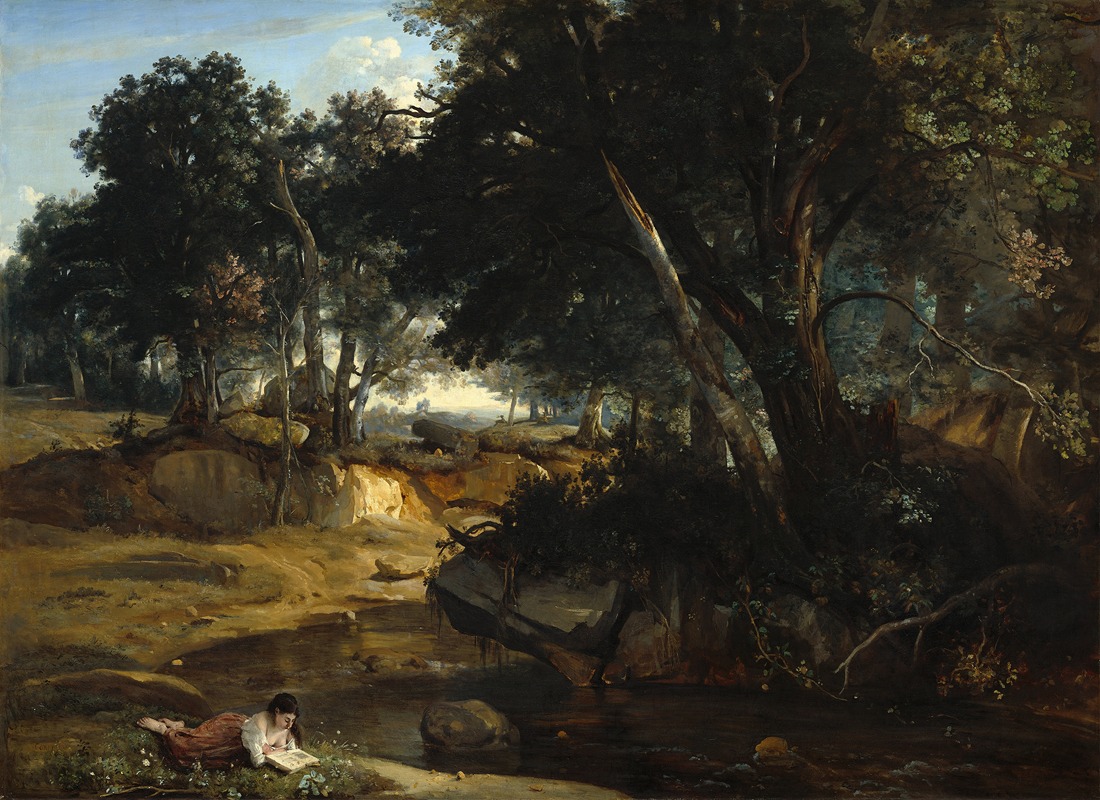
Forest of Fontainebleau
A hand-painted replica of Jean-Baptiste-Camille Corot’s masterpiece Forest of Fontainebleau, meticulously crafted by professional artists to capture the true essence of the original. Each piece is created with museum-quality canvas and rare mineral pigments, carefully painted by experienced artists with delicate brushstrokes and rich, layered colors to perfectly recreate the texture of the original artwork. Unlike machine-printed reproductions, this hand-painted version brings the painting to life, infused with the artist’s emotions and skill in every stroke. Whether for personal collection or home decoration, it instantly elevates the artistic atmosphere of any space.
Jean-Baptiste-Camille Corot's "Forest of Fontainebleau" is a notable work by the French landscape painter, who is often associated with the Barbizon School. Corot, born in 1796, was a pivotal figure in the transition from traditional neoclassical painting to the plein-air techniques that would later influence the Impressionists. His work is characterized by a delicate balance between realism and idealism, capturing the essence of the natural world with a poetic sensibility.
The Forest of Fontainebleau, located about 60 kilometers southeast of Paris, has long been a source of inspiration for artists. During the 19th century, it became a popular site for painters who were part of the Barbizon School, a group that sought to break away from the formal constraints of academic art and instead focus on painting nature directly. Corot was not formally a member of this group, but he shared their interest in capturing the natural landscape with authenticity and emotion.
"Forest of Fontainebleau" exemplifies Corot's approach to landscape painting. In this work, he captures the serene beauty and intricate details of the forest. His use of soft, muted colors and gentle brushstrokes creates a sense of tranquility and timelessness. Corot's ability to convey the play of light and shadow, as well as the textures of foliage and tree bark, demonstrates his keen observational skills and his deep appreciation for nature.
Corot's technique often involved sketching outdoors to capture the immediate effects of light and atmosphere, which he would then refine in his studio. This method allowed him to infuse his landscapes with a sense of immediacy and intimacy. In "Forest of Fontainebleau," this approach is evident in the way he renders the dappled sunlight filtering through the trees, creating a dynamic interplay of light and shadow that draws the viewer into the scene.
The painting reflects Corot's mastery of composition, as he skillfully balances the dense foliage with open spaces, guiding the viewer's eye through the forest. His attention to detail is evident in the depiction of individual leaves and branches, yet he maintains an overall harmony and unity in the composition. This balance between detail and cohesion is a hallmark of Corot's work and contributes to the enduring appeal of his landscapes.
Corot's influence on later artists, particularly the Impressionists, is significant. His emphasis on capturing the fleeting effects of light and atmosphere laid the groundwork for the Impressionist movement, which would emerge in the latter half of the 19th century. Artists such as Claude Monet and Camille Pissarro admired Corot's work and were inspired by his innovative approach to landscape painting.
"Forest of Fontainebleau" is a testament to Corot's ability to convey the beauty and tranquility of the natural world. Through his sensitive rendering of the forest, he invites viewers to pause and appreciate the subtle nuances of nature. The painting remains an important example of Corot's contribution to the development of modern landscape painting and his enduring legacy as a master of the genre.





